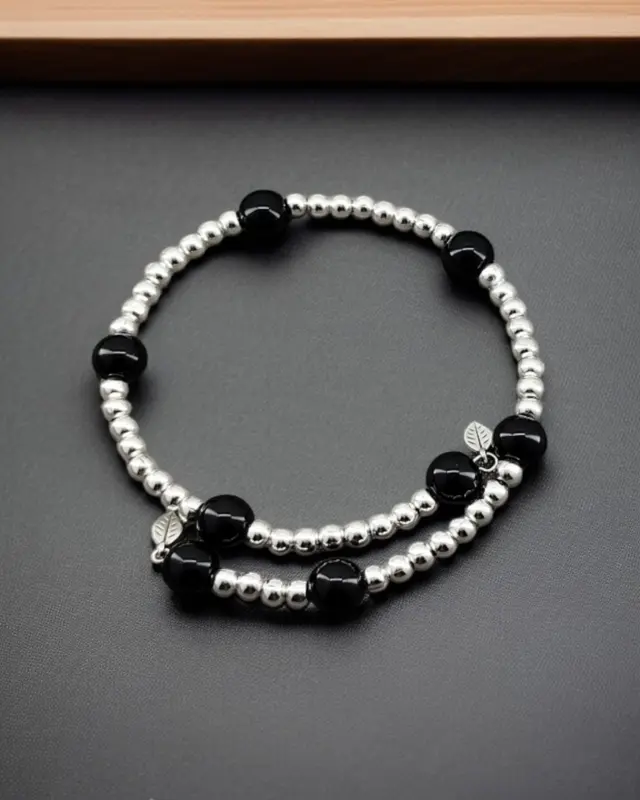Discover what jewellery truly means — its history, significance, and why it’s more than just decoration. Explore how jewellery reflects identity, emotion, and tradition.
Jewellery is far more than mere ornamentation. It’s a form of personal expression, a symbol of status, a keepsake of memories, and often, a treasured cultural tradition. From ancient civilizations to modern fashion runways, jewellery has played a vital role in human history, symbolizing everything from power and love to protection and identity.
Defining Jewellery
At its core, jewellery refers to decorative items worn for personal adornment. This includes rings, necklaces, earrings, bracelets, brooches, and more. These pieces are often crafted from precious metals like gold, silver, and platinum, and can feature gemstones, pearls, beads, or even organic materials like wood and bone.
A Glimpse Into History
Jewellery dates back thousands of years. Ancient Egyptians adorned themselves with amulets and collars that were believed to hold magical powers. In India, intricate jewellery has long been a part of spiritual and ceremonial life. Across cultures and continents, jewellery has been used to signify social rank, wealth, religion, and heritage.
Modern Meanings and Trends
Today, jewellery continues to evolve. While it’s still a status symbol for some, for many, it’s a way to express individuality, commemorate milestones, or connect with cultural roots. Minimalist designs, sustainable materials, and personalized pieces are now shaping modern jewellery trends.
Why Jewellery Matters
Jewellery often carries deep emotional value. Engagement rings, family heirlooms, and friendship bracelets represent relationships, milestones, and stories passed through generations. It’s not just about what you wear—it’s about what it means.
Final Thoughts
Jewellery is an art form, a cultural artifact, and a personal statement all in one. Whether you wear it for beauty, symbolism, or tradition, jewellery has the power to express who you are without saying a word.
